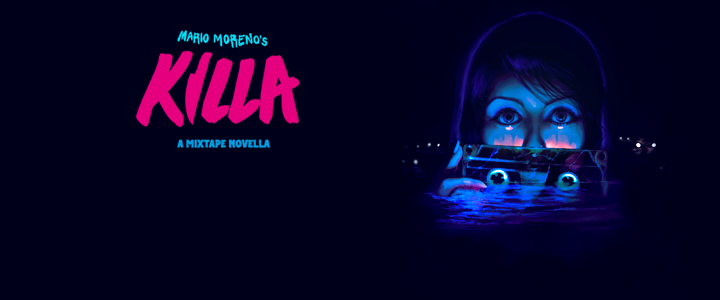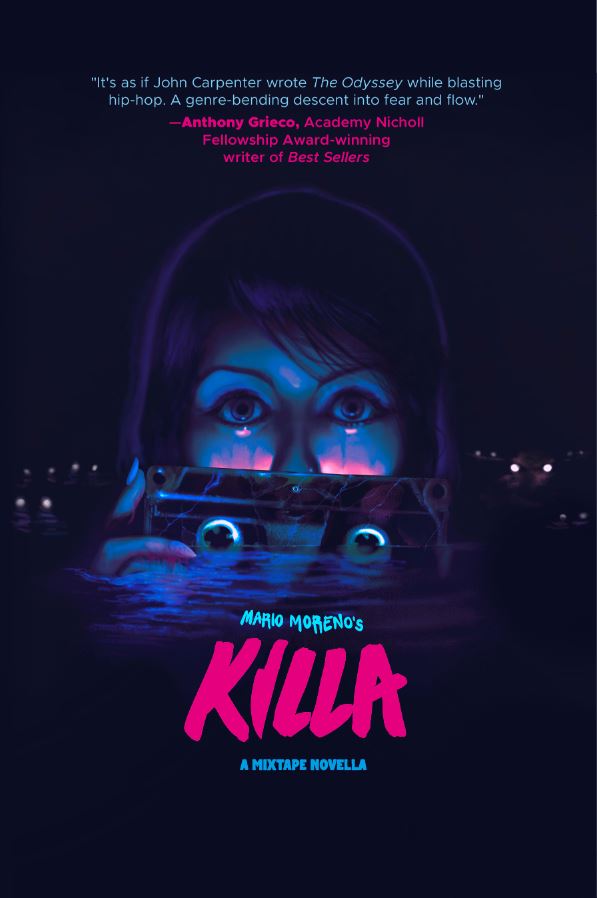
When the late great hip-hop DJ/rapper/producer J Dilla sought inspiration driving around Detroit’s fragmented grid layout streets, blasting music from his decked-out jeep’s woofers, he might have been thinking about structure.
Dilla’s music was known for its intricate rhythms and unusual time signatures. But did you know his approach to music can be applied to storytelling?
I was thinking a lot about Dilla while adapting my Austin Film Festival-finalist script Killa into my recently published book Killa: A Mixtape Novella—a hip-hop remaining of Gaston Leroux’s The Phantom of the Opera set in Miami’s underground.
And adapting Killa while thinking about Dilla led me to think about Blake Snyder.
Blake and I spoke often about story. He loved riffing on the possibilities of structure—how it can be played with to create something both familiar and surprising for audiences.
Blake would love that by playing with the Save the Cat! beats, like Dilla played with musical beats, we can keep our audiences off balance while maintaining the story’s integrity.
The goal for music and stories is the same: keep the audience asking, “What happens next?”
It makes sense concepts from one craft are applicable to another.
We can find these techniques (cat toys) utilized in many films, books, plays, and shows. They’re often what make a story feel fresh. I used a few to add some bounce to Killa. You can play with them too—if you’re not already.
Here are three ways to Play with the Cat: (Warning: Plenty of spoilers ahead.)
1. Use Layers
In the book Dilla Time: The Life and Afterlife of J Dilla, the Hip-Hop Producer Who Reinvented Rhythm, author Dan Charnas explores how Dilla pushed the boundaries of music.
There were two paths of rhythm before Dilla, who used advancements in beat machine technologies to stretch the degree of swing for each musical element individually. What he did, for example in songs like “Word Play,” was create rhythmic conflict.
But what’s that got to do with story?
Structure beats are malleable like the layers of a Dilla beat. They exist in both micro and macro versions. And, as Blake illustrated with his Pledge commercial example in Save the Cat! Strikes Back, the 15 STC! beats can be hit in as fast as 30 seconds.
Taken together, this means that several events in a story can deliver the emotional value of a certain beat. For example, the A Story, B Story, and C Story each have their own beginning, middle, and end within the greater structure.
We can be creative in how we manipulate beat layers to serve our stories.
Killa is mixtape-inspired and comprised of 21 tracks (chapters). Each has a beginning, middle, and end—along with staggered subplots, runners, and motifs that play on different layers within the overall scheme. Much of this happens organically; the rest can be played up if a writer knows to look. So you can have, for example, a chapter that serves as a Set-Up while also containing its own set of the 15 beats.
A great example of this is the play and film Into the Woods with music and lyrics by the maestro Stephen Sondheim and book by James Lapine. By reaching the “happily ever after” end beat at the Midpoint and then telling the aftermath of “happily ever after” in the second half, the story hits all 15 STC! beats in both halves, while still feeling cohesive and complete as a whole. The form of the story serves the function of its Theme Stated: Be careful what you wish for.
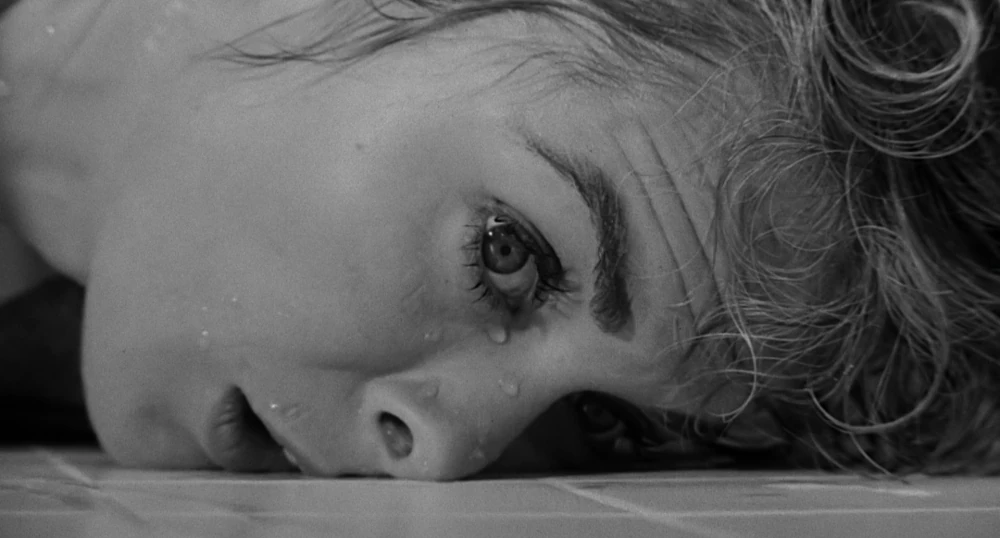
In Psycho, Hitchcock and screenwriter Joseph Stefano subvert expectations by killing off the main character Marion at the Midpoint. But Marion’s story has its own arc and sub-structure of 15 beats, including a 5-Step Finale with her Dig Deep Down being her decision to return the money. Her Executing New Plan interrupted by her execution. All within the superstructure of Psycho’s second act.
2A. Use Loops
Another way to play with structure is to loop it, to repeat certain elements in a way that forms a rhythmic pattern, with new payoffs on each loop.
Christopher Nolan plays with loops in many of his films (Interstellar, The Prestige, The Dark Knight Trilogy). Doing it in Memento—with a structure that reflects the protagonist’s memory loss—put Nolan on the map.
Dilla’s Donuts—the final album he completed before his death—is similar, beginning with the Outro and ending with the Intro. The aural final image segues into the opening of the first track, creating an infinite loop.
The story Killa features a song called “Killa”—broken up and dropped in fragments at different points to hit shifting emotional notes—looped from Intro, to Live Version, to Underground Remix, to Outro as part of the Killa mixtape playlist.
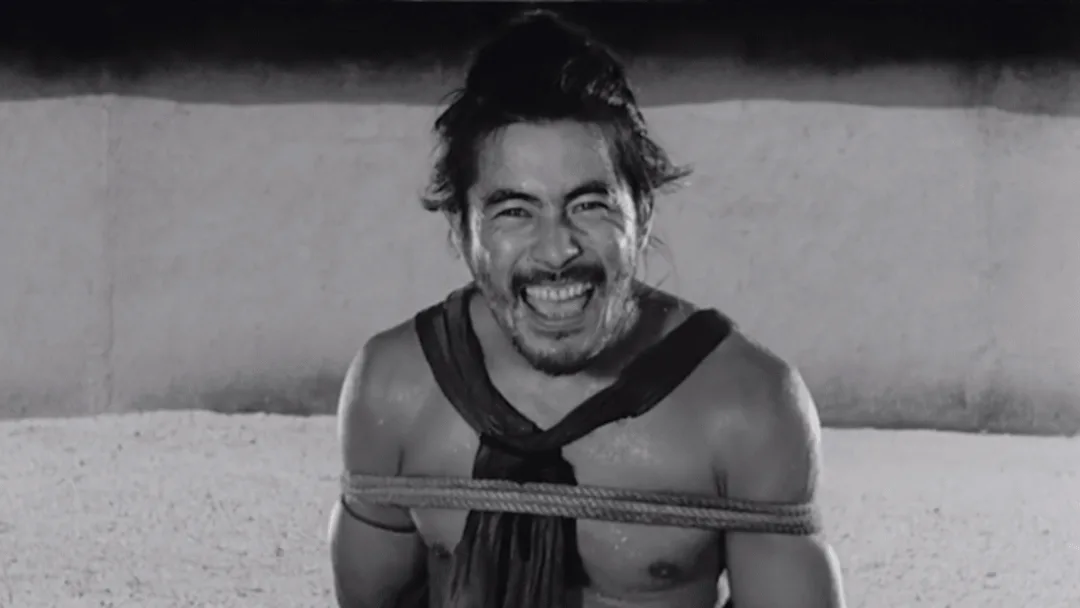
In Rashomon (based on two short stories), Akira Kurosawa employs a looping narrative structure to present multiple perspectives of the same event, each contradicting the others. This exploration of subjective truth reveals the complexity of human perception. And the elusive nature of objective reality.
2B. Experiment with Error? (like this 2B section, which wasn’t set up in the subtitle)
In the song “Runnin,” Dilla played with the pulse established by the samba sample by rushing the kick drum while delaying the snare. This sense of wrongness was the point.
We can keep the audience further off balance by doing similar in a story. For example, rush the Catalyst or Break into Two beats to get the story going faster. Stretch out the Fun and Games to mine the Promise of the Premise. Delay parts of the Set-Up to reveal during the Bad Guys Close In, or Dark Night of the Soul, to add twists in Act Two.
Killa jumps from a 1999 prologue to present day. It leverages the audience’s knowledge of the villain from the prologue to abbreviate the heroine’s Set-Up, rushing the Catalyst to quickly spark the Debate around the central conflict.

Better Call Saul (created by Vince Gilligan and Peter Gould) Dilla-Timed it by delaying Jimmy becoming Breaking Bad’s Saul until late in the final season, then looping past it to catch up with the black-and-white post-Breaking Bad Saul’s storyline in a stagger-stomp cadence that left everyone wondering what would happen next.
3. Chop Harmonies
Another way to play with structure is to chop it up, break it into smaller pieces, and rearrange them. Reshape the sequence events are presented.
Altering harmonies to make new shapes similar to Dilla’s work on songs like “Bye,” the penultimate track (and Dig Deep Down) of Donuts.
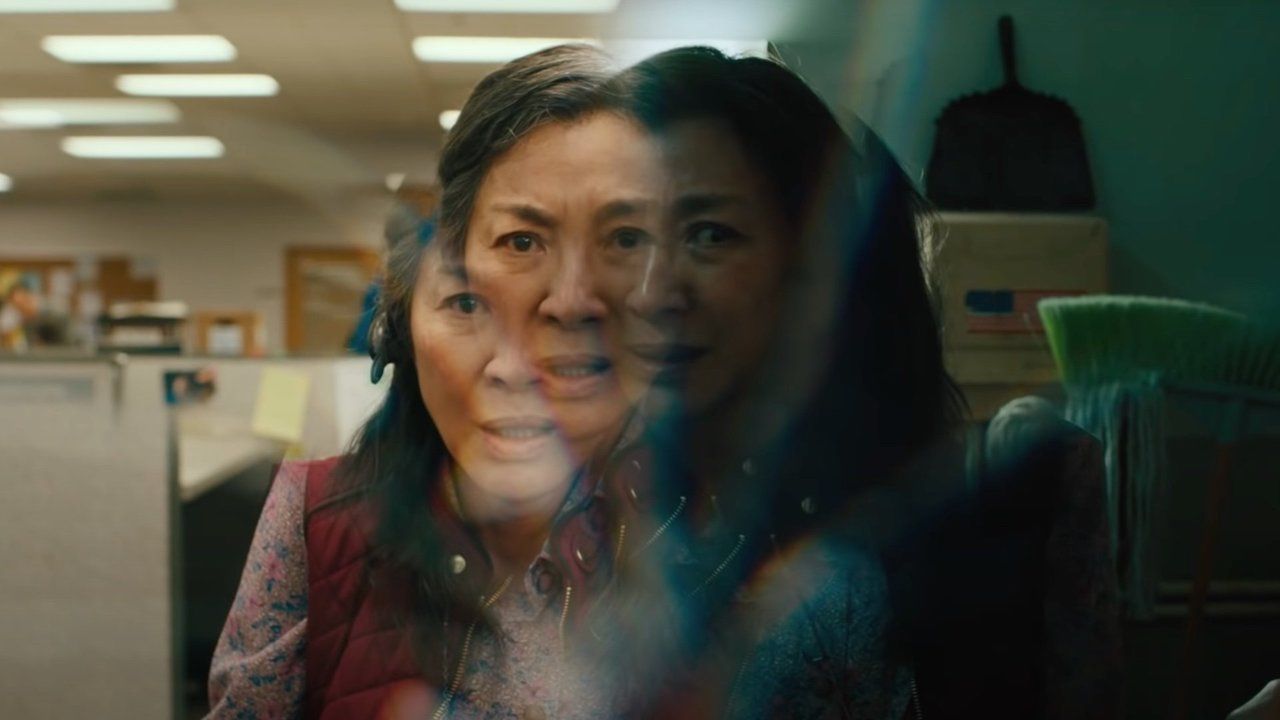
And in cinematic examples like Mank and Welles’ Citizen Kane with the framing device of a reporter interviewing people who knew the mysterious Kane; Tarantino’s Pulp Fiction told in the style of a Black Mask magazine story collection; Greta Gerwig’s Dillafied non-linear remix of Little Women; and the Daniels’ Everything Everywhere All At Once’s structural meta verses.
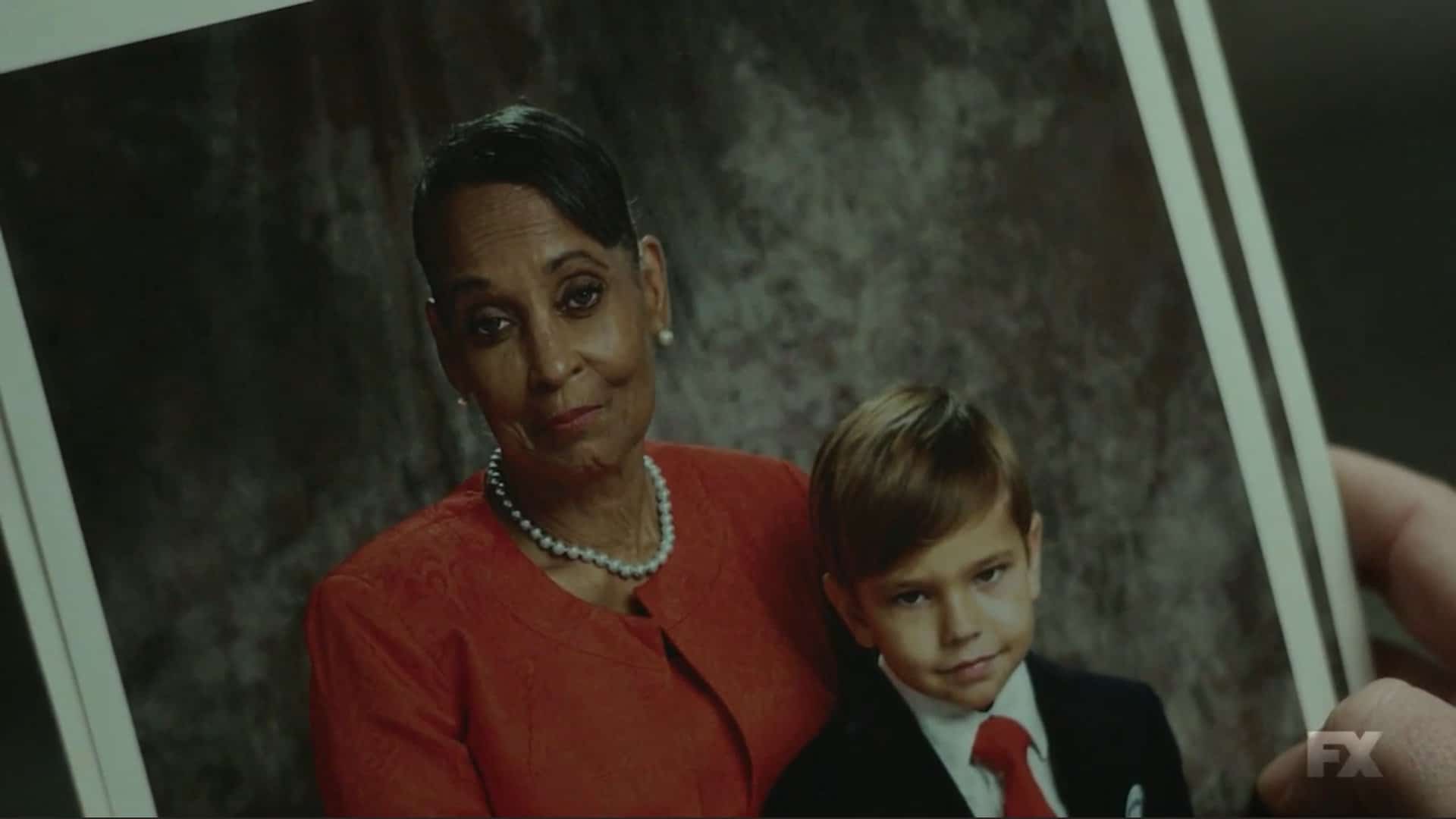
Or the series Atlanta (created by Donald Glover), which often plays with chopping up its structural focus. In Season Three, for example, the show veers into tangential episodes without the main characters. Fun and Games with an episode about reparations and Whiff of Death about the fallout from a Nanny’s death. These hit the emotional beats in the season arc structure while mirroring the main characters’ own confusion about their place in the world.
Killa chops up the harmony of The Phantom of the Opera’s story and structure to play with expectations—focusing on one night, cutting POVs to tighten our emotional bond to the heroine, and reshaping/remixing dynamics among the leads to keep things unpredictable for those familiar with the original.
Another way to chop emphasizes certain elements and downplays others.

The film L’Avventura, directed by Michelangelo Antonioni, famously abandons its central mystery about a missing woman in favor of exploring the affair between its two main characters (who are supposed to be looking for her). Dramatizing the theme of alienation and disconnection of modern life. And providing an air of ambiguity that lingers long after the film.
One of my favorite examples of chopping is the book Dilla Time itself. This best seller takes a non-linear approach to storytelling—jumping back and forth between the arc of Dilla’s life and the arc of music history—capturing the essence of Dilla’s music.
Storytelling is about finding the right balance between structure and creativity. We need a strong central conflict with a clear transformation, some shift in perception, some catharsis. But how we get there is fair game.
So, the next time you go to write, play with the cat. Experiment. Empower yourself to tell stories that stand out. Just as Dilla pushed the boundaries of music, you can push the boundaries of storytelling.
In the meantime, check out Killa: A Mixtape Novella (available now) to see the cat at play.


